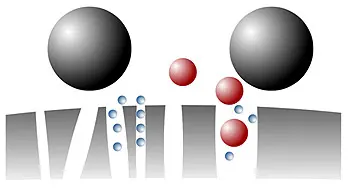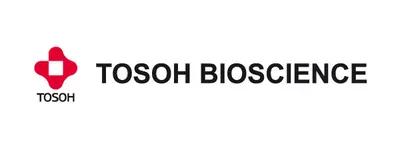Checkout using your account
Checkout as a new customer
Creating an account has many benefits:
- See order and shipping status
- Track order history
- Check out faster
Organic Size Exclusion Chromatography GPC/SEC
Organic gel permeation chromatography (GPC), also known as size exclusion chromatography (SEC) for organic solvents, is a chromatographic method in which polymers and other macromolecular compounds are separated by size and structure in an organic solvent. In contrast to aqueous SEC, where the analysis is performed in an aqueous medium, organic GPC utilises organic solvents as the mobile phase. This is particularly advantageous for analysing polymers that are insoluble in water but can be dissolved in organic solvents such as tetrahydrofuran (THF), chloroform or dimethylformamide (DMF). Organic GPC is essential for the characterisation of new polymers and the optimisation of polymerisation processes. It provides important insights into polymer chemistry and supports the development of materials with customised properties for applications in medicine, the packaging industry, electronics and many other areas.
Read the theoretical basics of GPC on this page and find tips on choosing the right GPC column as well as handling and application. As a manufacturer of GPC bulk materials and GPC columns, we are happy to support you with our manufacturing expertise.





